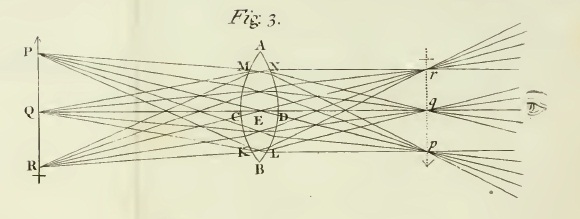
By MATTHEW L. WALD
Nevada is home to the largest nuclear bomb test site, and the proposed host for a nuclear waste repository. The scientists and engineers, the corporate executives, the lawyers and the elected officials have all had years to chew over how and why Nevada was selected, but now comes a new analysis, from an English major.
The cover of the book “Bombast: Spinning Atoms in the Desert.”“Bombast: Spinning Atoms in the Desert,” published late last year by a nonprofit group in Reno, the Black Rock Institute, is a trip through what the author, Michon Mackedon, calls “nuclear colonialism.” Ms. Mackedon, of Fallon, in northern Nevada, is a former co-chairman of the Nevada Commission on Nuclear Projects, a state agency appointed to fight off the waste dump. She is also a professor emeritus of English at Western Nevada College.

Photo:Michon Mackedon
Michon Mackedon.Outsiders with a global or national agenda – like preparing for nuclear war with the Soviet Union or finding a disposal site for the civilian and military wastes piling up around the country – began by devaluing their chosen site, whether atolls in the South Pacific or the deserts of New Mexico or southern Nevada, she asserts in the book.
And Nevada, she said, is barren and quirky; in the popular mind, why not throw the mushroom clouds and the million-year waste repository in with the state’s “casino culture,” she asked.
“Images of the American West and its people produced stereotypes of emptiness and wasteland,’’ she writes. If Nevada never quite embraced that view of itself, it did express some pride; in the early 1980s, the sidewalk in front of the Las Vegas City Hall had an inlaid design of a mushroom cloud.

The Priscilla above ground test on June 24, 1957.As fallout from atmospheric detonations at the Nevada Test Site was killing sheep and cattle of the area’s ranchers, and quite possibly people as well, popular culture embraced the bomb, connecting it with two staples of popular culture, sex and alcohol. Bartenders served an “atomic cocktail,” in a martini glass, of equal parts Champagne, vodka and brandy, with a splash of sherry. In 1955, the Atomic Energy Commission was trying to detonate a nuclear weapon in a test code-named “Operation Cue,” but high winds forced many postponements, so, according to contemporary accounts, military personnel took to calling it “Miscue.” Some of those personnel crowned a showgirl from the Sands Hotel as “Miss-Cue,” with a tiara topped with a mushroom cloud.
Courtesy of the Black Rock InstituteAnd she notes the names chosen for the tests themselves, including hearthside games like “Chess,” “Rummy Draughts,” “Hearts” and “Backgammon,” and homey ones like “Cottage,” “Farm,” “Garden” and “Puddle Grove,” all of them efforts to tame the image of destruction by naming it something more comfortable.
Nuclear testing ended in 1992 but by that time the effort was under way to build a waste repository in a spot on the edge of the test site, Yucca Mountain. “We yearn for a modern Hercules to clean up the wastes,” she writes. “However, the quandary of nuclear Augean stables would stump even Hercules.”

The book was published before the Fukushima Daiichi accident in March, but that event has refocused attention on the problem of spent nuclear fuel. “It could increase the political momentum to get it away from power plants to what is perceived as a safe site,’’ she said. And that, she said, is likely to mean attention turning to Yucca Mountain.

No hay comentarios:
Publicar un comentario